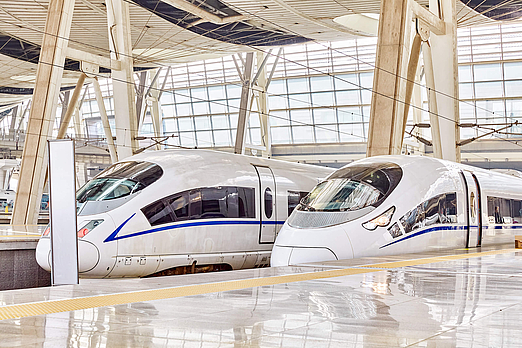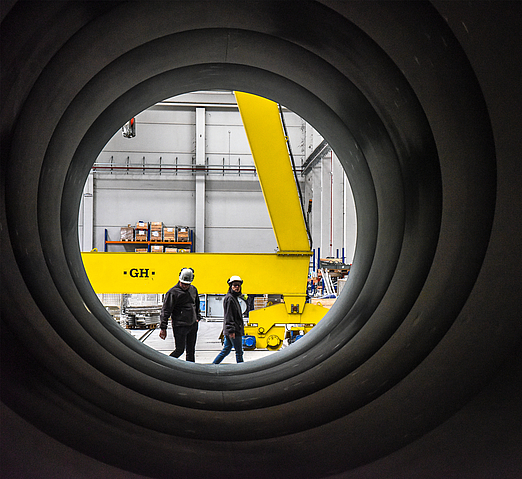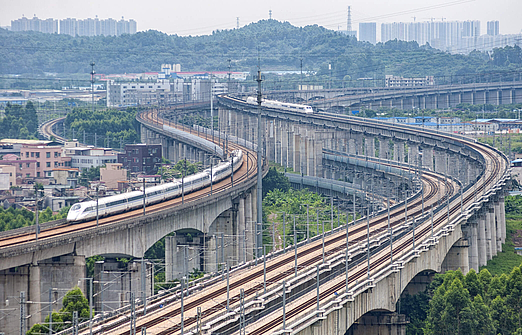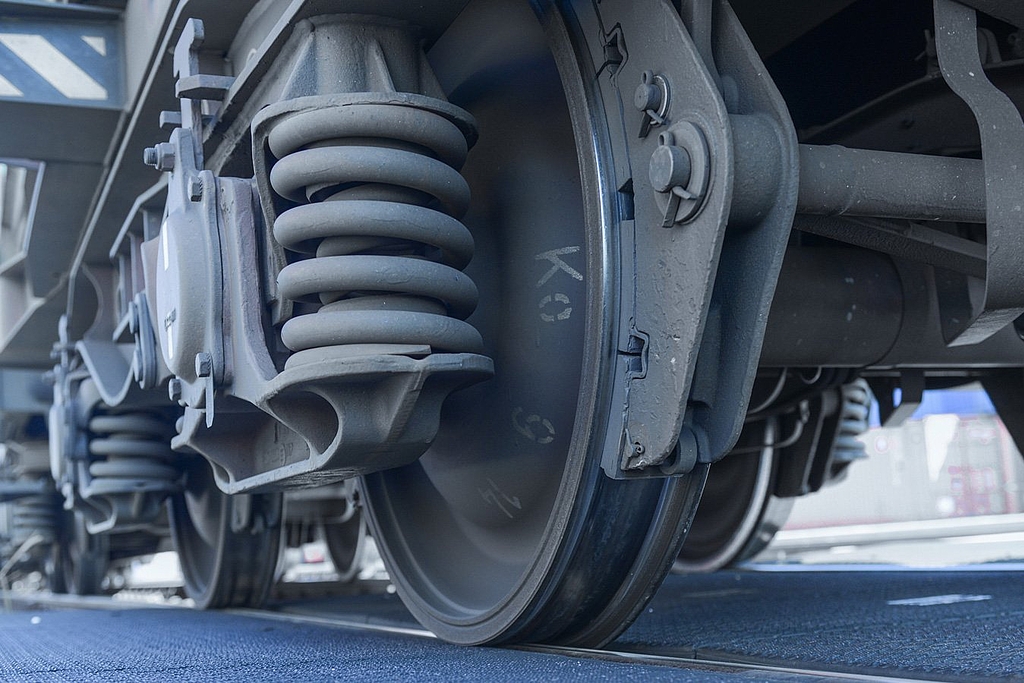Traditionally productive and efficient
Japan: Efficiency Champion in the Far East
- Facts
Japan has always been a source of fascination because of its culture and mentality. But even beyond that, this East Asian Pacific nation of 123.3 million people boasts a highly developed economy and excellent infrastructure. Logical, really: As one of the most densely populated countries in the world, transport needs to be organized perfectly and efficiently. Find out more about airports on islands, the world-famous Shinkansen and its magnetic counterpart.
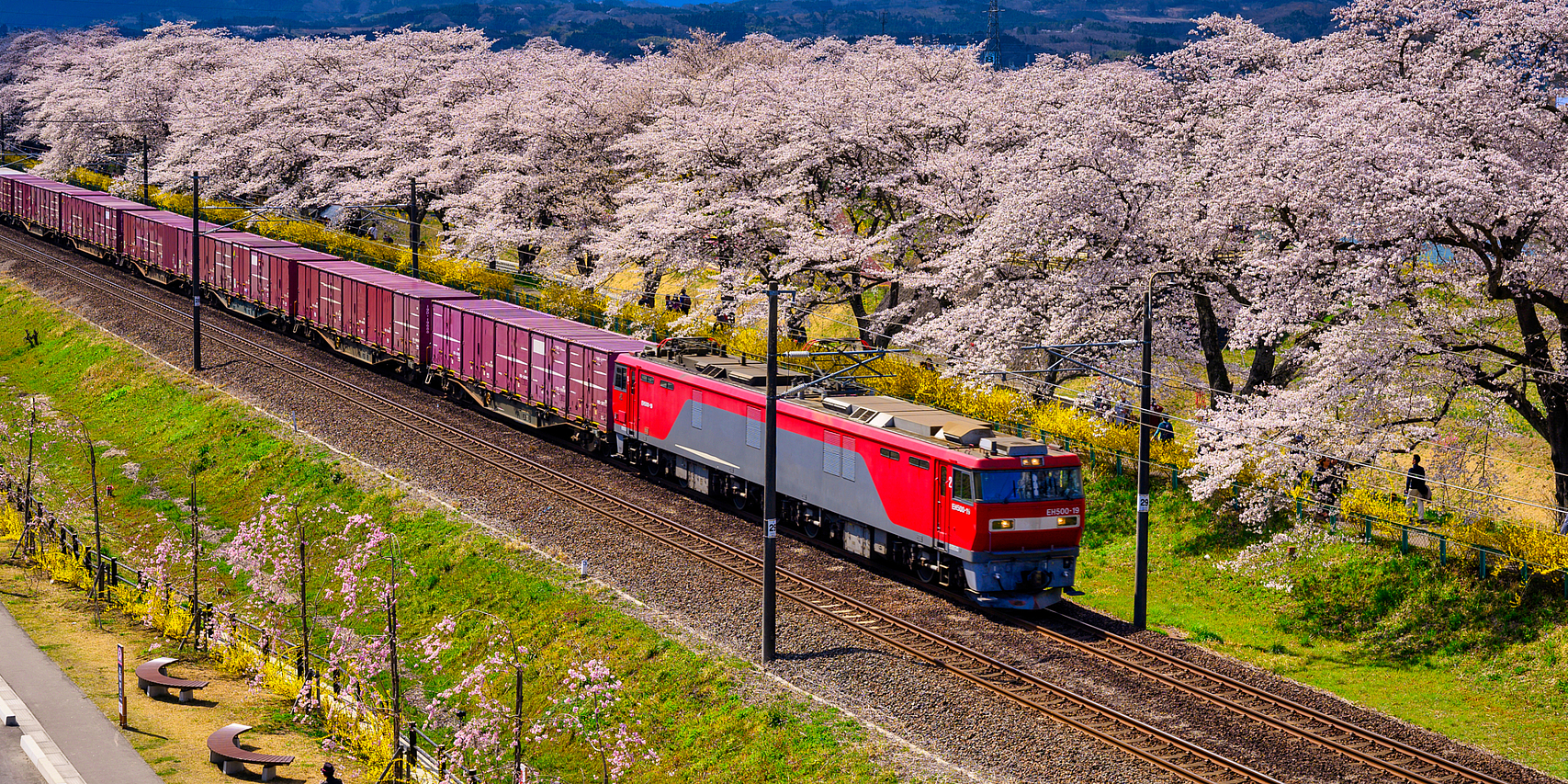


Temperature-Controlled - for temperature-sensitive goods
We offer a range of ocean freight solutions for the transport of chilled and frozen cargo from and to anywhere in the world. Our reefer sea cargo experts provide an unbroken cold chain from door to door for your temperature-sensitive goods.
Find out more
